These pictures show Mars during a "close" and a "far" opposition. An opposition can happen anywhere along the orbit of Mars; these views show a very close oppostion and a very far opposition.
Click on image for full size
Windows to the Universe original artwork by Randy M. Russell
Mars Close to Earth in August 2003
News story originally written on August 7, 2003
On August 27, 2003, Earth and Mars will be very close together. Well, close for planets anyways. The two planets will still be almost 56 million kilometers (about 35 million miles) apart. They will be closer together than they have been in a very long time. In fact, astronomers think it has been almost 60 thousand years since Earth and Mars were closer together than they will be this time. The last time the two planets were this close, Neanderthal cave-people were still around!
Earth and Mars get pretty close together once every 26 months. When they get close, astronomers call the event an "opposition". That is because the Sun and Mars are on opposite sides of the sky during an opposition. The orbit of Mars is not quite a circle. It is shaped more like an oval. Sometimes Earth gets close to Mars when Mars is at just the right place in its orbit. When it does, we have a really "close" opposition. That is what will happen near the end of August.
When Earth is close to Mars, Mars looks like a very bright star in the sky. If you get a chance to see Mars through a telescope, it will look a bit bigger than usual. If you want a really close-up view of Mars, though, the best way to get that is to look at pictures from spacecraft orbiting Mars!
You might also be interested in:
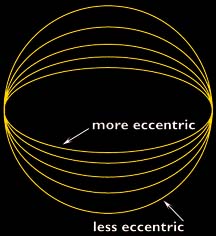
The orbit of Mars is very oval shaped. The orbit is much more oval shaped than the Earth's orbit. This means that the climate of Mars can change drastically between warm and cold.
...more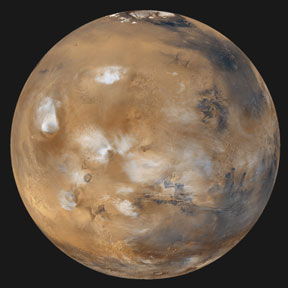
Sometimes Earth gets pretty close to the planet Mars. Mars and Earth will be close to each other on October 30, 2005. Mars will look like a bright red star. Mars will be about 69 million km (43 million
...more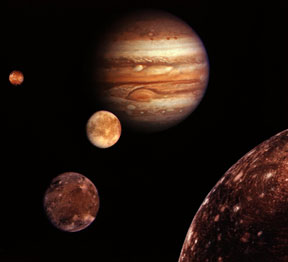
Astronomers have discovered twelve new moons of Jupiter so far this year. Jupiter is the largest planet in our Solar System. It has more moons than any other planet. Jupiter has 52 moons that we know about.
...more
On August 27, 2003, Earth and Mars will be very close together. Well, close for planets anyways. The two planets will still be almost 56 million kilometers (about 35 million miles) apart. They will be
...more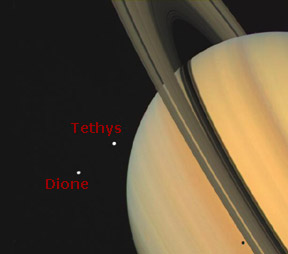
Astronomers have discovered nine new moons. The astronomers found eight new moons of Jupiter and one new moon of Saturn. Jupiter has 60 moons that we know about. Saturn has 31. All of the new moons are
...more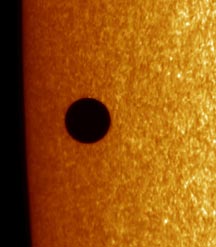
The planet Mercury crossed in front of the Sun on May 7, 2003. When that happens, astronomers call it a transit. A transit is like a solar eclipse. An eclipse happens when the Moon passes in front of the
...more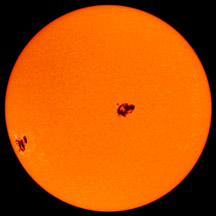
Did you know that the Sun has spots? Right now it has some very big spots. There are two groups of sunspots on the Sun right now. Each group is about as big as the planet Jupiter, which is the largest
...more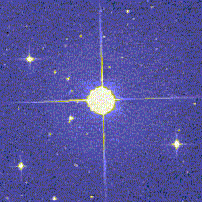
Astronomers have found another planet outside our solar system. That makes a total of 102 exoplanets that have been found so far! The astronomers that found the exoplanet, have been searching outside
...more














